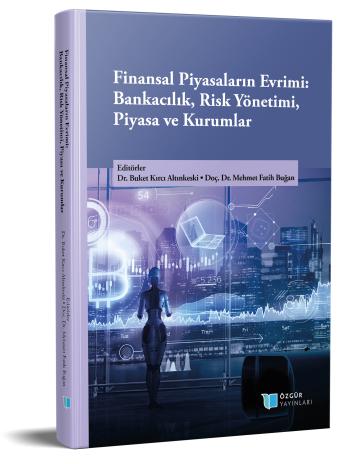
Frequency-domain causal effects of geopolitical risks and economic policy uncertainty on green bond market around the invasion of Ukraine
Chapter from the book:
Kırcı Altınkeski,
B.
&
Buğan,
M.
F.
(eds.)
2023.
Evolution of Financial Markets: Banking, Risk Management, Markets and Institutions.
Synopsis
We analyze causal effects of geopolitical risks and economic uncertainty indices on the green bond market, utilizing two causality tests, around the military conflict in Ukraine. Consistent with the existing literature, the results of Toda and Yamamoto (1995) and Breitung and Candelon (2006) in the static framework show no causal flows from geopolitical risks throughout the period, either before the war or during the war. Further, we find no evidence for both temporary and permanent causal impacts from the geopolitical risks on green bonds. However, we see that changes in economic policy uncertainty Granger-causes fluctuations in green bonds in both full and during the invasion of Ukraine. The results also reveal that the causality is temporary and permanent over the full period; temporary before the war; but turns out to be permanent and stronger during the war, indicating that uncertainty index can exert causal impacts on green bond indices regardless of market conditions and strengthens its power across extreme market conditions. Further, we resort to a time-varying approach of Breitung and Candelon (2006) causality test based on a rolling window of 50 and 60 daily observations. We find that the causal flows from both indicators appear significant and those causation impacts are not constant but time-varying. Economic policy uncertainty is stronger than geopolitics risks in forecasting the movements in green bonds given a higher rejection of the null hypothesis for the former variable. The causality is mostly permanent rather than temporary and the causation impacts from both variables are stronger during the war.

